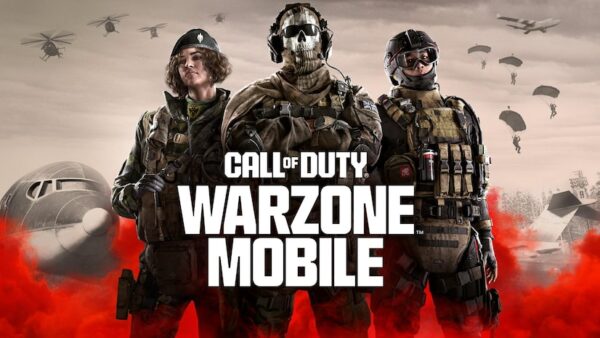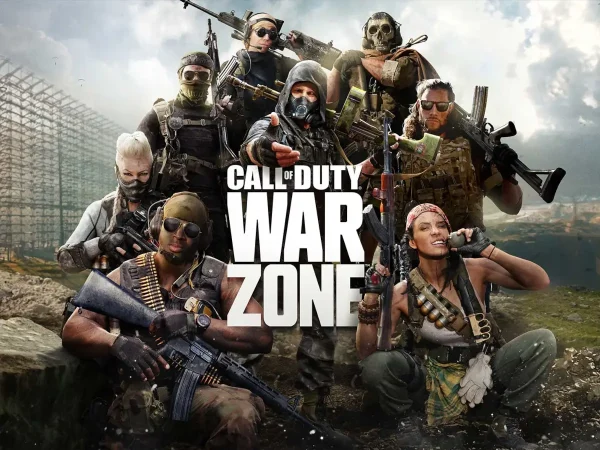Popular Now
Introduction
Since Call of Duty 4: Modern Warfare revolutionized multiplayer in 2007, the franchise has faced a persistent challenge: how to group players of wildly different skill levels into fair lobbies without alienating new players or frustrating veterans. Over time, this challenge gave rise to a highly complex and often controversial system known as Skill-Based Matchmaking (SBMM).
What began as basic connection-based matchmaking has now evolved into a multi-layered algorithmic structure, capable of tracking and reacting to every nuance of player performance. This article explores SBMM’s deep evolution across Call of Duty’s history, examining how its role has changed from invisible balancing to a key pillar in shaping the entire gameplay experience.
1. 2007–2009: The Era of Connection-Based Chaos
Crude Beginnings
In early titles like Modern Warfare (2007) and World at War (2008), matchmaking relied almost entirely on ping. Players were placed into lobbies based on connection quality, often leading to wildly uneven matchups. New players could easily end up facing experienced veterans with little chance of success.
The Casual Carnage Effect
This created a fertile environment for high-skill players to dominate, giving rise to YouTube highlight reels and "nuke-streaks." However, the downside was a sharp drop-off in player retention after the early levels. New players often quit when they began facing much stronger opponents.

2. 2010–2012: Treyarch’s Secret Experiment with Elo
Introducing Hidden Ratings
With Black Ops in 2010, Treyarch began experimenting with a hidden matchmaking rating system. This early SBMM used factors like kill/death ratio, win/loss ratio, and objective performance to match players more evenly, without publicly acknowledging its existence.
The Controversy Begins
When data miners uncovered code referencing skill brackets, community backlash began. Players started to notice that matches felt more competitive, and accusations of “rigged” lobbies began to surface. This was the first time players suspected that Call of Duty was quietly influencing match quality based on skill.
3. 2013–2015: The Rise and Rejection of Aggressive SBMM
Advanced Warfare and Competitive Lobbies
Advanced Warfare (2014) featured a more pronounced version of SBMM, with tight skill bands and complex performance metrics. This led to more evenly matched games—but also meant high-skill players rarely encountered easy matches.
Community Pushback
Many players, especially streamers and YouTubers, criticized the system for making every match feel like a competitive scrim. Complaints included longer queue times, fewer highlight-worthy moments, and reverse boosting (intentionally playing poorly to get easier matches).
The term “SBMM” exploded in popularity, and players began demanding its removal.
4. 2016–2017: Infinite Warfare and the #RemoveSBMM Movement
Public Outcry Reaches Its Peak
With Infinite Warfare, Activision’s insistence on SBMM led to an even more vocal backlash. Players noticed that after performing well in a few matches, they were placed into highly competitive lobbies, creating a yo-yo effect in performance and enjoyment.
First Official Acknowledgment
In 2017, Activision made its first public acknowledgment that matchmaking considered both connection and player “experience.” While vague, it confirmed what the community had long suspected: SBMM was here to stay.

5. 2018: Black Ops 4 and the Introduction of Battle Royale
The Blackout Effect
The release of Black Ops 4 introduced the 100-player battle royale mode “Blackout,” which complicated matchmaking further. Due to large lobby sizes, the system shifted to prioritize connection and packet stability over skill.
Multi-Metric Engagement Tracking
Treyarch reportedly began tracking three major metrics to determine matchmaking effectiveness:
-
Retention Rate: How long players stayed in-game
-
Player Enjoyment: Survey-based “fun” scores
-
Monetization Potential: Purchase likelihood after wins
SBMM became one tool in a broader engagement optimization strategy.
6. 2019–2020: Modern Warfare Reboot and Warzone's Telemetry Revolution
Data at Massive Scale
The 2019 Modern Warfare reboot and Warzone collected massive volumes of data. The game used advanced telemetry including controller movement, reaction time, and even eye-tracking (on PC) to better sort players.
Monetization Meets Matchmaking
Activision filed patents describing systems that would place players into easier lobbies after in-game purchases to “enhance satisfaction.” While it’s unclear if this was fully implemented, the discovery fueled distrust.
7. 2021: Vanguard, Ricochet Anti-Cheat, and SBMM Integration
The Ricochet System
To combat cheaters, Vanguard introduced Ricochet, a kernel-level anti-cheat system. This indirectly improved SBMM accuracy by ensuring cleaner data from legitimate players, while quarantining cheaters into separate “shadow” lobbies.
New Metrics: Skill Reliability
Ricochet allowed developers to rate not just performance but the reliability of that performance—i.e., how “real” a player’s skill was. This led to more aggressive placement for new or returning players based on trustworthy data.

8. 2022: Modern Warfare II and the War on Smurfing
Phone Verification and Account Integrity
To reduce smurfing (experienced players creating new accounts to face easier opponents), Modern Warfare II required phone verification for free accounts. This allowed SBMM to operate on cleaner player data.
A Shift in Philosophy
Leaked documents showed that Activision’s primary goal was to optimize long-term retention, even if that meant high-skill players had less “freedom” to dominate. The result was a matchmaking system focused less on fairness and more on player lifetime value.
9. 2023–2024: Real-Time Adjustments and Neural Learning
Matchmaking Gets Smarter
With newer titles using reinforcement learning and neural networks, SBMM began adjusting dynamically. Players who performed poorly in one round might face easier opponents in the next, keeping matches “fun” even during losing streaks.
Blurring the Lines Between Ranked and Casual
By 2024, public and ranked matchmaking systems began sharing back-end MMR data. This created unintended consequences—players’ casual performance began affecting their competitive standing, and vice versa.
10. 2025 and Beyond: The Future of Matchmaking and Player Autonomy
Fatigue-Based Matchmaking
Infinity Ward’s latest roadmap teases fatigue-aware matchmaking, using controller telemetry or wearable data to estimate when players are “mentally tired” and match them accordingly. While this could improve player experience, it raises major ethical concerns.
Two Diverging Futures
The Call of Duty franchise faces two clear paths:
-
Path 1: Hyper-personalized matchmaking that maximizes individual engagement at the cost of competitive integrity.
-
Path 2: Transparent ranked systems that promote fairness but risk alienating newer or lower-skill players.
The choice between these futures may define not just the series, but the broader trajectory of online gaming.
Conclusion
Skill-Based Matchmaking in Call of Duty has evolved from a simple tool to manage player retention into a full-fledged behavioral engineering system. While it has successfully extended player engagement and made matches more balanced on average, it has also introduced new problems—especially for high-skill and competitive players.
The system’s future raises important questions about transparency, fairness, and control. As technology improves and player data becomes even more granular, the debate over SBMM is no longer just about winning or losing—it's about how much of the game is truly in the player's hands.

















